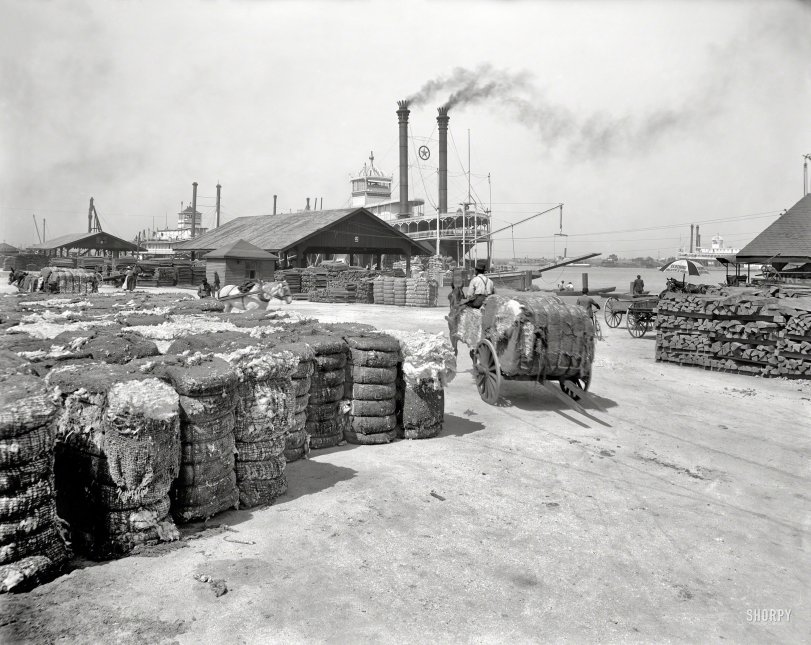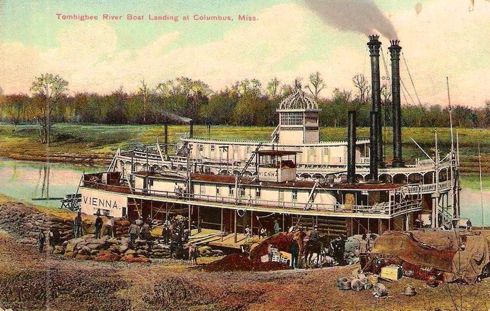


Framed or unframed, desk size to sofa size, printed by us in Arizona and Alabama since 2007. Explore now.
Shorpy is funded by you. Patreon contributors get an ad-free experience.
Learn more.

- Tough Guys
- Lost in Toyland
- And without gloves
- If I were a blindfolded time traveler
- Smoke Consumer Also Cooks
- Oh that stove!
- Possibly still there?
- What?!?
- $100 Reward
- Freeze Frame
- Texas Flyer wanted
- Just a Year Too Soon
- WWII -- Replacing men with women at the railroad crossing.
- Yes, Icing
- You kids drive me nuts!
- NOT An Easy Job
- I wonder
- Just add window boxes
- Icing Platform?
- Indiana Harbor Belt abides
- Freezing haze
- Corrections (for those who care)
- C&NW at Nelson
- Fallen Flags
- A dangerous job made worse
- Water Stop
- Passenger trains have right of way over freights?
- Coal
- Never ceases to amaze me.
- Still chuggin' (in model form)
Print Emporium
Great Bales of Fiber: 1905

Alabama circa 1905. "The cotton docks at Mobile." Big bales of bolls. 8x10 inch dry plate glass negative, Detroit Publishing Company. View full size.
Feeding the firebox
Yes, all of that staked wood is fuel for the firebox. Since fuel storage space was limited onboard, frequent wooding up stops were required. This led to greater fuel production onshore, with an corresponding increase in manpower. By the 1870s steam-driven log splitters were being put to use producing the four to five foot lengths needed to feed the steamboat fireboxes. One crew manning a new mechanical splitter could far outpace a dozen gangs splitting by hand. As a bonus, each length came out a uniform size and shape.
Soon smaller versions were available for farms and small wood lots. The example of one below is from 1878. A video of a similar one working can be found here.

Big sticks
Can anybody tell me what the large wooden(?) pieces used for that are stacked along the dock at various places? They appear to be too regular in shape to simply be cord wood to stoke the boilers.
Is that Mary S. Blees
across the river?
(Behind the Vienna in the postcard)

Bales and Ties?
Wondering if the piles of wood are railroad ties?
A few years later than 1905
The sternwheeler shown Jas. T. Staples wasn't built until 1908.
























On Shorpy:
Today’s Top 5